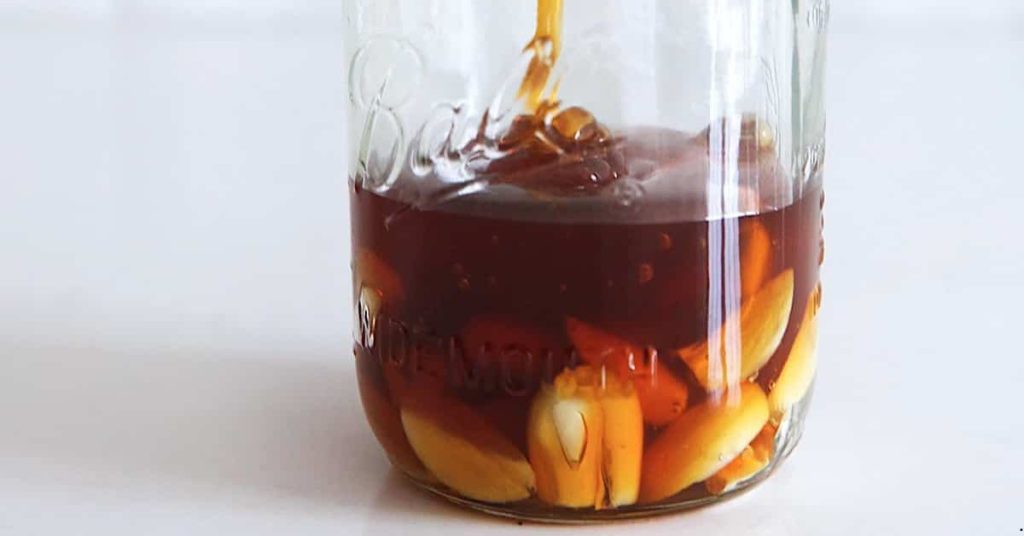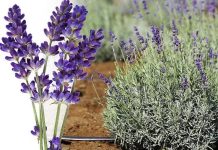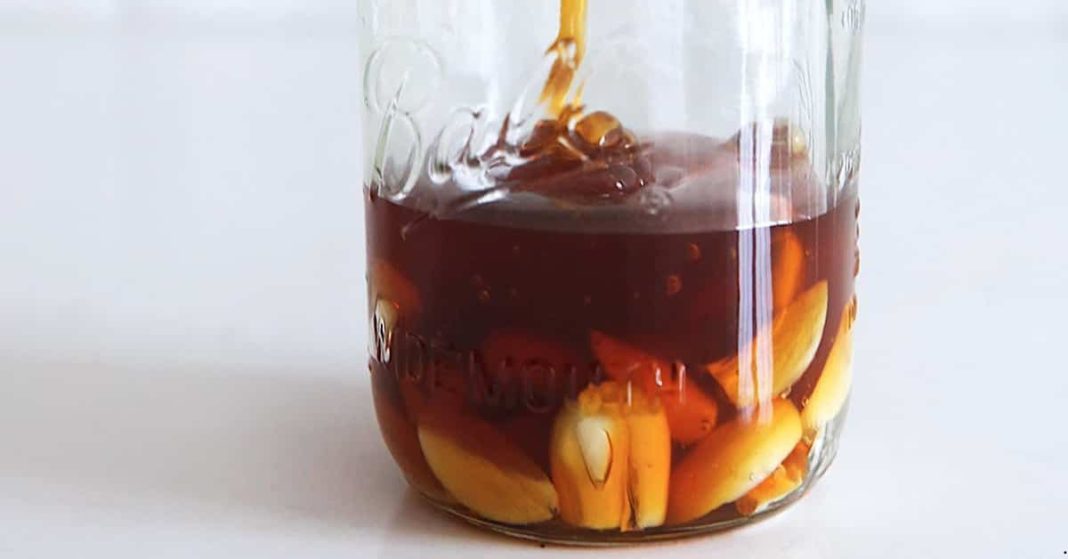High blood pressure, or hypertension, is a widespread and dangerous condition often referred to as the “silent killer.” Without clear symptoms, it can quietly damage the cardiovascular system and increase the risk of heart attack, stroke, and kidney failure. While modern medicine offers effective treatments, many people in Georgia—particularly in rural areas-still rely on traditional herbal remedies passed down through generations.
This article explores the most respected herbs and practices used in Georgian folk medicine to help manage blood pressure naturally and holistically.
1. Hawthorn (Crataegus monogyna)
One of the most widely used traditional plants for heart and circulation support in Georgia is hawthorn. Known locally as tkhilisis yvavili, it grows naturally in the mountain regions of Imereti, Racha, and Adjara. Both the flowers and berries are used for medicinal purposes.
How it works: Hawthorn helps strengthen the heart muscle, dilates blood vessels, and improves blood flow. It is particularly useful for people experiencing mild to moderate hypertension and anxiety-related symptoms.
Traditional usage:
A tea is prepared by steeping one tablespoon of dried hawthorn flowers in a cup of hot water for 10–15 minutes. It is traditionally consumed once or twice a day, especially in the evening.
2. Motherwort (Leonurus cardiaca)
In Georgian folk medicine, motherwort is valued for its calming and cardiovascular-supporting properties. It is often used for high blood pressure that is worsened by emotional stress or nervous tension.
How it works: This plant acts as a natural sedative, slowing the heart rate and easing anxiety, which in turn helps lower blood pressure.
Traditional usage:
Motherwort tea is often prepared along with other calming herbs such as lemon balm or chamomile. It is taken before sleep or during periods of emotional agitation.
3. Grape Leaves and Juice
In eastern Georgia, especially Kakheti, grapes are not only a symbol of hospitality but also a key element in traditional remedies. Both grape juice and leaves are considered beneficial for cardiovascular health.
How it works: Grape skins contain antioxidants, including resveratrol and flavonoids, which support blood vessel elasticity and reduce oxidative stress. Fresh red grape juice is known to help lower systolic blood pressure when consumed regularly.
Traditional usage:
Locals consume a small glass of fresh, unsweetened grape juice in the morning. Dried grape leaves may also be brewed to make a light tea with mild diuretic effects.
4. Chamomile (Matricaria chamomilla)
Chamomile is common throughout Georgian meadows and is used for its gentle calming properties.
How it works: Chamomile relaxes the nervous system, eases muscle tension, and promotes better sleep, all of which contribute to a reduction in blood pressure.
Traditional usage:
A simple tea made from dried chamomile flowers is consumed before bed. In some areas, it is mixed with peppermint or linden blossoms for enhanced relaxation.
5. Corn Silk (Zea mays)
Collected during the corn harvest, corn silk has long been used in the western Georgian regions of Guria and Samegrelo.
How it works: Corn silk acts as a natural diuretic, helping the body eliminate excess sodium and fluids, reducing pressure on the cardiovascular system.
Traditional usage:
Boil a handful of dried corn silk in one liter of water for 10–15 minutes. The resulting tea is consumed throughout the day, particularly in warmer months.
6. Garlic and Honey Tonic

A well-known household remedy in Georgia is the combination of garlic and honey, believed to strengthen the heart and cleanse the blood.
How it works: Garlic helps dilate blood vessels and reduces cholesterol levels. Honey, rich in antioxidants, improves nutrient absorption and supports the immune system.
Traditional usage:
Five crushed garlic cloves are mixed with one cup of raw honey and left to sit in a dark jar for three to five days. A spoonful is taken each morning on an empty stomach.
7. Salt Moderation and Diet in Folk Practice
Traditional Georgian healers have long understood the role of diet in regulating blood pressure. While modern Georgian cuisine can be rich in salt, village customs once emphasized moderation, particularly among the elderly.
Traditional advice includes:
- Eating fresh fruits and vegetables high in potassium, such as apples, beets, and beans
- Avoiding excessive consumption of pickled foods and salty cheese
- Drinking herbal teas instead of black tea or coffee, especially in the evening.
Traditional Georgian herbal medicine offers a gentle, natural approach to managing high blood pressure. With herbs like hawthorn, motherwort, and garlic, along with practices involving diet, rest, and emotional calm, these folk remedies reflect centuries of accumulated knowledge and respect for the natural world.
While these remedies can support cardiovascular health, it is important to monitor blood pressure regularly and consult a medical professional if you are experiencing hypertension. Folk medicine, when used responsibly, can complement modern treatment and offer a deeper connection to heritage, health, and holistic well-being.













